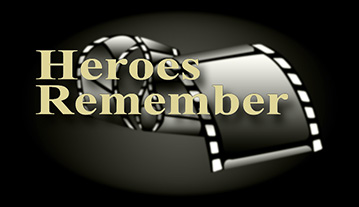There Was no Officer Training in Canada.
Heroes Remember
There Was no Officer Training in Canada.
Transcript
Description
Mr. Welland discusses joining the Royal Navy as an officer in 1936 and learning his trade at sea. He gives a good description of celestial navigation.
Robert Welland
One of five children, Robert Welland was born in Oxbow, Saskatchewan on March 7, 1918. His parents immigrated to Canada from England, where his father had been an officer in the British Merchant Navy. Influenced by his father, Mr. Welland decided at the age of 14 that he would some day be a warship’s captain and an admiral. In 1936, he joined the Royal Canadian Navy, but had to go to England and join the Royal Navy in order to obtain officer training. His first active wartime service was aboard the F class destroyer, HMS Fame. Aboard her, he was involved in the rescue of survivors of the Athenia sinking, and the destruction of U-353. Mr. Welland then joined HMCS St. Laurent; she took part in the Dunkirk evacuation and the rescue of survivors from the Arindora Star torpedoing. In 1943, he assumed captaincy of HMCS Assiniboine; this vessel was involved both in convoy duty and harassing German shipping in the English Channel. Captain Welland remained in the Canadian Navy, and took HMCS Athabaskan into service during the Korean War, assisting in the NATO blockade there. He was later to become Commanding Officer of naval airbase CFB Shearwater, and his distinguished career saw him retire with the rank of rear admiral. He had fulfilled his boyhood dream! Mr. Welland later had great success as an entrepreneur, retiring at the age of 82.
Meta Data
- Medium:
- Video
- Owner:
- Veterans Affairs Canada
- Duration:
- 4:18
- Person Interviewed:
- Robert Welland
- War, Conflict or Mission:
- Second World War
- Branch:
- Navy
- Units/Ship:
- HMS Fame
- Rank:
- Second Lieutenant
- Occupation:
- Anti-submarine officer
Related Videos
- Date modified:



